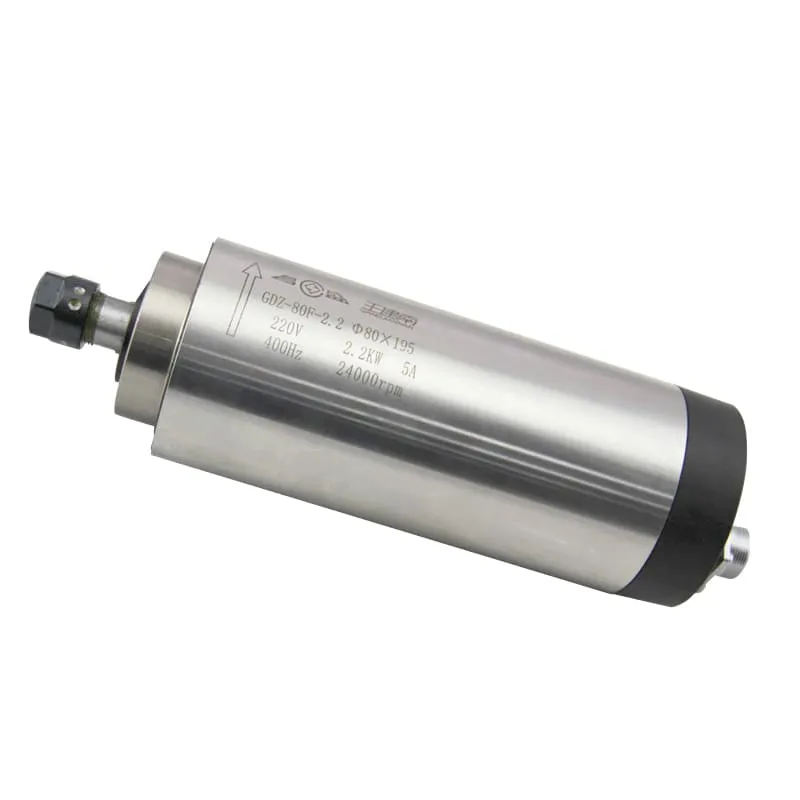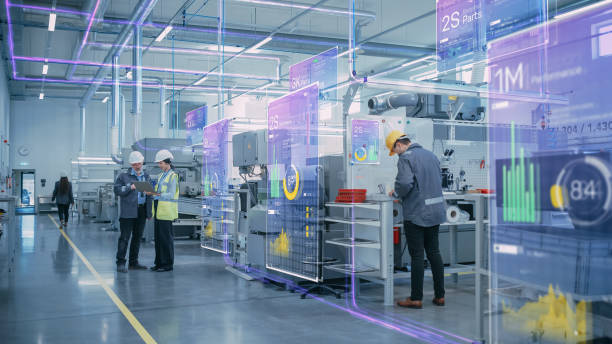Do It Yourself CNC Machine
Building your own CNC (Computer Numerical Control) machine can be an exciting and rewarding project for hobbyists, makers, and professionals alike. This comprehensive guide will walk you through the process of creating a DIY CNC machine, covering essential components, design considerations, and best practices.
Understanding CNC Machines
A CNC machine is a computer-controlled tool that can create precise cuts, shapes, and designs in various materials. Key components include:
- Frame and base
- Motion system
- Spindle or tool head
- Motors
- Controller
- Software

A typical CNC machine setup
Steps to Build a DIY CNC Machine
1. Design and Planning
- Determine the type of CNC machine (router, mill, laser cutter, etc.)
- Decide on the size and capabilities
- Create detailed plans or use existing open-source designs
- Establish a budget and timeline
2. Frame Construction
- Choose materials: aluminum extrusions, steel, or wood
- Ensure rigidity to minimize vibration
- Consider using a torsion box design for the table
3. Motion System
- Install linear rails or rods with bearings
- Choose between ball screws or lead screws for each axis
- Ensure proper alignment for smooth movement
4. Spindle or Tool Head Selection
- Choose based on your machine type and intended use
- Options include:
- 2.2KW ER20 Air-Cooled Spindle for general-purpose use
- 3.5KW ER20 Air-Cooled Spindles for more demanding applications
5. Motor Selection and Installation
- Choose stepper motors or servo motors
- Size motors appropriately for your machine’s requirements
- Install motor mounts and couplings
6. Controller Setup
- Select a CNC controller (e.g., Arduino with GRBL, Mach3, or LinuxCNC)
- Wire the controller to motors and limit switches
- Configure settings for your specific machine
7. Software Integration
- Install CAD/CAM software for designing and generating G-code
- Set up the control software on your computer
- Calibrate the machine and test operations
Key Components and Considerations
Frame Materials
- Aluminum Extrusions: Lightweight, easy to assemble, good rigidity
- Steel: Heavier but very rigid, suitable for larger machines
- Wood: Cost-effective but less durable, good for prototypes or light-duty machines
Motion System
- Linear Rails: Provide smooth, precise motion
- Bearings: Choose between linear bearings or bushings
- Ball Screws: Offer high precision and efficiency, but more expensive
- Lead Screws: More affordable but less precise than ball screws
Motors
- Stepper Motors: Cost-effective, good for most DIY builds
- Servo Motors: More expensive but offer higher speed and precision
Controller Options
- Arduino-based (e.g., GRBL)
- Dedicated CNC controllers (e.g., Planet CNC, Centroid)
- PC-based software (e.g., Mach3, LinuxCNC)
Challenges in Building a DIY CNC Machine
- Alignment: Ensuring all axes are square and true
- Rigidity: Minimizing flex and vibration during operation
- Wiring: Proper cable management and noise reduction
- Software Configuration: Setting up and fine-tuning the control software
- Safety Considerations: Implementing emergency stops and enclosures
Benefits of Building Your Own CNC Machine
- Cost Savings: Potentially lower cost compared to commercial machines
- Customization: Tailor the machine to your specific needs
- Learning Experience: Gain in-depth knowledge of CNC technology
- Upgradability: Easily modify and improve your machine over time
FAQ
1. How much does it cost to build a DIY CNC machine?
Costs can range from $500 for a basic setup to $5,000+ for a more advanced machine, depending on size, type, and components.
2. What skills do I need to build a CNC machine?
Basic mechanical skills, some knowledge of electronics, and familiarity with CAD/CAM software are helpful.
3. How long does it take to build a DIY CNC machine?
The time frame can vary from a few weekends for a simple machine to several months for a more complex build.
4. What materials can a DIY CNC machine work with?
Depending on its design and power, a DIY CNC machine can work with wood, plastics, soft metals, and even some harder materials with the right setup.
5. Can a DIY CNC machine be as accurate as commercial machines?
With careful design and quality components, a DIY machine can approach the accuracy of entry-level commercial machines, but may require more tuning and maintenance.
6. Is it cheaper to build or buy a CNC machine?
Building can be cheaper, especially for larger or more specialized machines. However, the time investment should be considered in the overall cost.
Conclusion
Building a DIY CNC machine is a challenging but rewarding project that can provide you with a versatile and powerful tool tailored to your specific needs. By carefully selecting components, focusing on rigidity and precision, and investing time in proper setup and calibration, you can create a machine that rivals entry-level commercial models in many aspects.
The process of building your own CNC machine offers not just potential cost savings but also an invaluable learning experience. You’ll gain in-depth knowledge of CNC technology, machine design principles, and the intricacies of computer-controlled manufacturing. This knowledge can be applied to future projects, machine maintenance, and even career opportunities in digital fabrication and engineering fields.
However, it’s important to approach this project with realistic expectations. Building a high-quality CNC machine requires time, patience, and a willingness to troubleshoot and iterate on your design. The final result may not have all the features or the polished appearance of a commercial machine, but it will be uniquely yours and can be continually improved and upgraded.
Remember that safety should be a top priority throughout the build process and during operation. Implement proper safety features, including emergency stops, enclosures, and appropriate personal protective equipment. Always follow best practices for electrical wiring and mechanical assembly.
As you embark on your DIY CNC machine project, take advantage of online resources, forums, and community support. Many enthusiasts have shared their experiences, plans, and tips, which can be invaluable in overcoming challenges and optimizing your design.
Whether you’re a hobbyist looking to expand your manufacturing capabilities, an artist seeking to create intricate designs, or a small business owner aiming to bring production in-house, building your own CNC machine can be a fulfilling endeavor. It’s a project that combines mechanical engineering, electronics, software integration, and creativity, resulting in a powerful tool that can open up new possibilities for your crafting, prototyping, and manufacturing needs.

